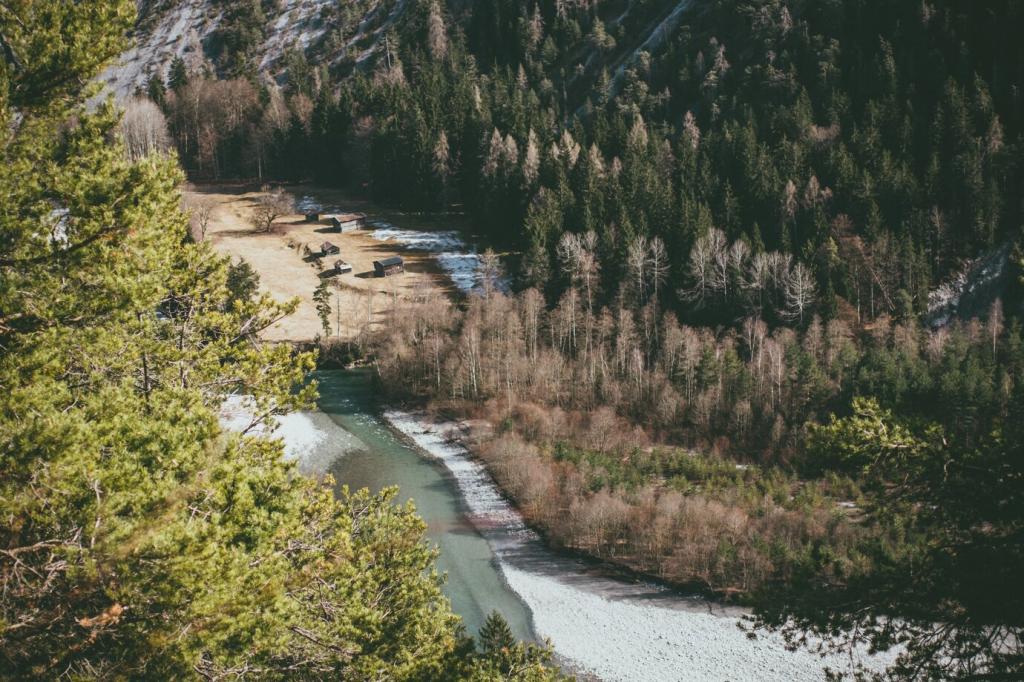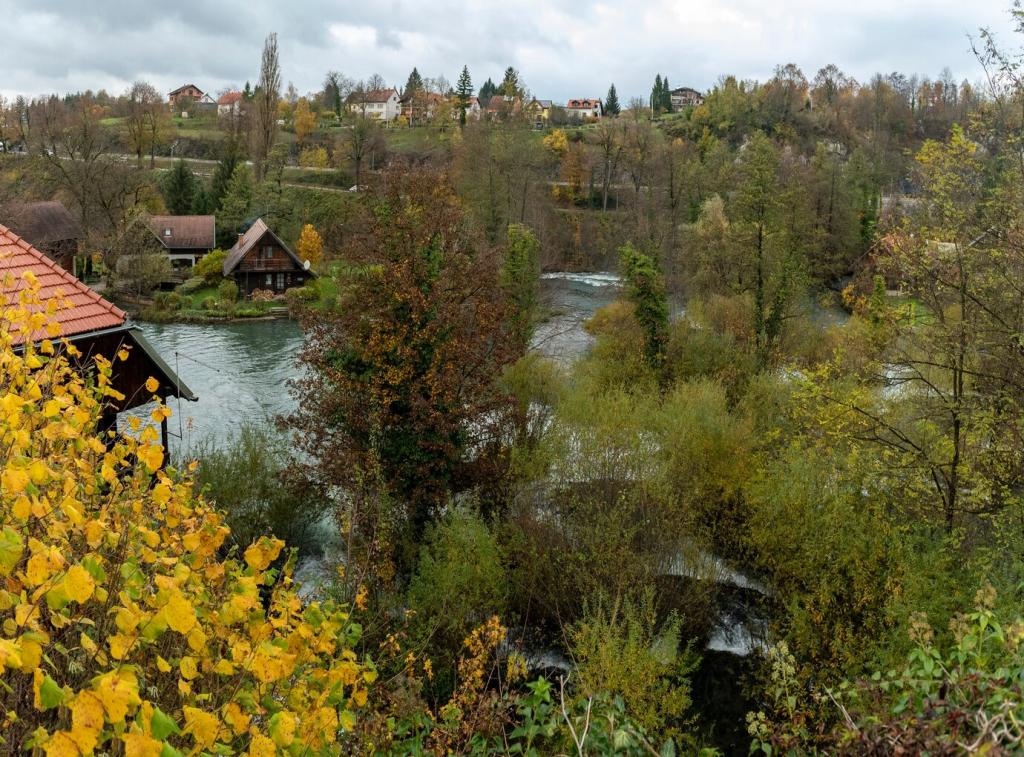Sustainable Practices with a Nordic Touch in Landscaping
Chosen theme: Sustainable Practices with a Nordic Touch in Landscaping. Welcome to a calm, resilient design philosophy where beauty grows from restraint, materials age gracefully, and every season invites you outside. Join our community—share your questions, subscribe for field notes, and help shape tomorrow’s landscapes.

Nordic Principles: Restraint, Resilience, Reverence
Friluftsliv as a Design Compass
Friluftsliv—the love of open-air life—encourages landscapes that welcome you outdoors year-round. Think wind-sheltered nooks, sun-catching benches, and simple paths that stay readable in snow. What daily outdoor ritual would your garden invite? Share your ideas below.
Right Plant, Right Place, Right Purpose
Nordic-inspired planting embraces hardy, regionally appropriate species that sip water, shrug off wind, and support wildlife. Group by microclimate and soil. Start small, observe, then iterate. Comment with your climate zone, and we’ll suggest a resilient trio to try.
Design for Decades, Not Weekends
Choose systems that get better with time: permeable surfaces that settle, wood that silvers, plant communities that knit together. A calm garden reduces maintenance and waste. Subscribe to receive seasonal checklists aligned with long-view, low-impact care.
Water Wisdom: Lessons from Snowmelt
01
Shape subtle swales and shallow basins to slow and soak. Layer soil with compost and mineral grit to keep pores open. In one compact yard, redirecting two downspouts into a birch rain garden halved runoff and nourished spring blooms.
02
Gravel fines, open-jointed pavers, and resin-bound aggregates let rain disappear gracefully. Edges stay crisp using durable steel or larch. Share a photo of your driveway or patio, and we’ll suggest a permeable upgrade that suits your climate and style.
03
Collect roof water into frost-ready tanks, then feed drip lines with low pressure. Install drain-down valves for freeze events. A small Oslo terrace captured enough rain to water herbs all summer—proof that tiny systems can make a big difference.




Angle seating to catch winter sun; plant evergreen windbreaks that filter, not block. Deciduous canopies admit winter light while shading summer heat. Map sun angles for a week, then adjust one small element. Share your before-and-after impressions.

Birch bark, light gravel, and snow-friendly finishes bounce brightness into shaded corners. Use sparingly to avoid glare. A pale pathway can extend twilight strolls, guiding steps gently and saving energy otherwise spent on excess lighting.

Low, shielded fixtures, amber tones, and motion sensors respect night skies and insects. Illuminate tasks, not emptiness. Try a single lantern at a gate and note your mood shift. Subscribe for a dark-sky checklist tailored to small urban plots.
Living Structure: Biodiversity in Cool Climates
Pollinator Corridors for Cold Springs
Early nectar matters. Combine willows, lungwort, and native bulbs to bridge chilly months. A balcony in Helsinki sparked buzz with three planters and a window box—small corridors, big results. Post your pollinator mix, and we’ll highlight community favorites.
Edible Hedges with Ecological Benefits
Blend currant, sea buckthorn, and thornless hawthorn for food, cover, and structure. The hedge feeds families and birds while resisting harsh winds. Tell us the hedge height you need, and we’ll suggest a layered, wildlife-friendly recipe.
Deadwood, Leaf Litter, and Hidden Homes
Log piles shelter beetles, solitary bees, and fungi that drive soil health. A child’s delight at discovering ladybirds in a stump shows why we keep wild corners. Share one small rewilding action you’ll try this month.
Seasonal Stewardship and Low-Impact Care

Quiet Tools, Calmer Weekends
Swap gas blowers for rakes and battery systems. Schedule light, frequent passes rather than noisy marathons. Your neighbors, birds, and nerves will thank you. Comment with your tool list, and we’ll suggest efficient, low-noise upgrades.

Leaves as Mulch, Not Waste
Shred and tuck leaves into beds to feed soil and protect roots. Leave a few pockets whole for overwintering insects. This simple shift reduces hauling, watering, and fertilizer. Share a photo of your leaf strategy and its spring results.

Composting Through Frost
Insulated bins, browns-heavy mixes, and small chop sizes keep microbes active. Bokashi pre-processing can bridge deep winter. One courtyard reduced bin volume by a third with steady winter composting. Subscribe for our cold-season compost guide.
